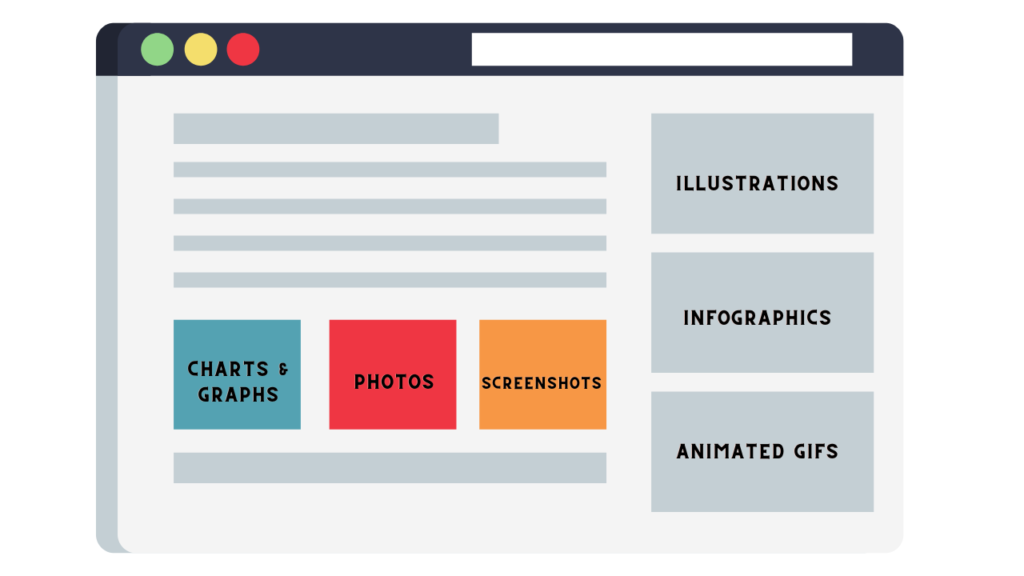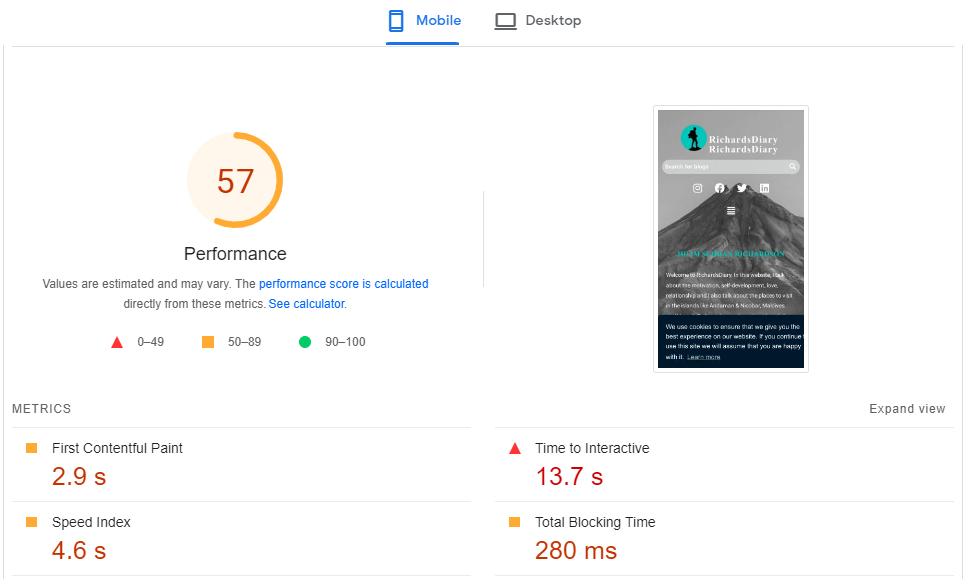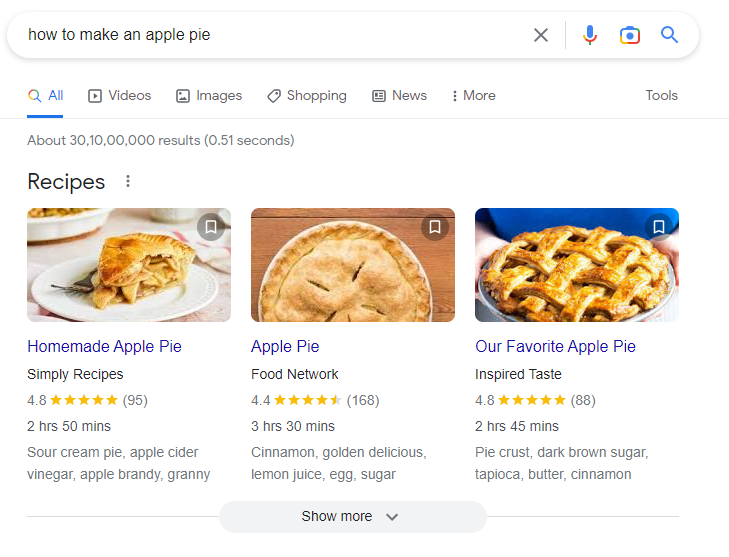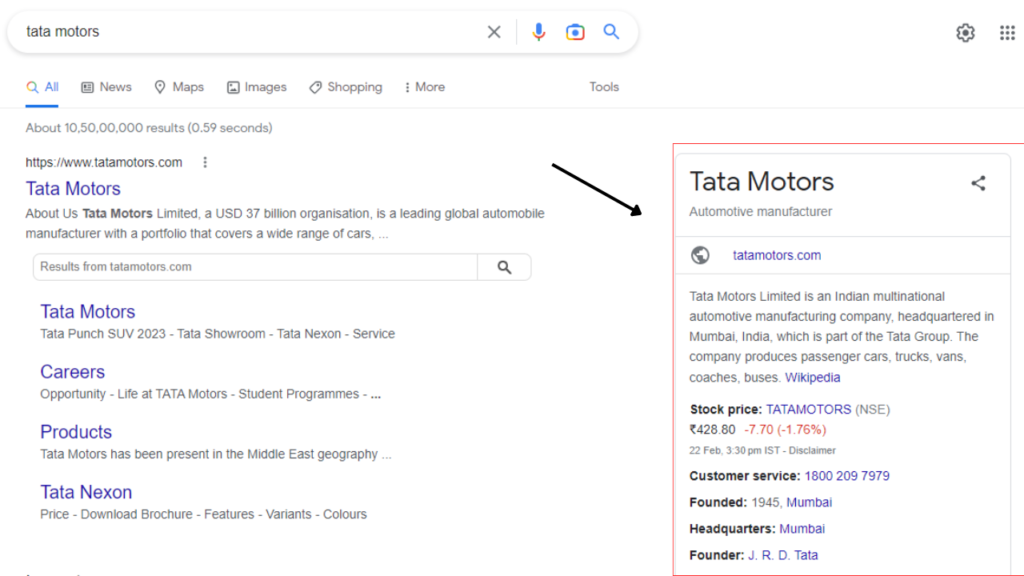
If you are a beginner, you might want to know how to trigger organic traffic and more website rankings. In that case, On-page SEO will be a solution that plays a significant role in modern web marketing.
Table of Contents
What To Do After Keyword Research
On-page SEO is a process of optimizing your web pages to increase the traffic and visibility of your website on the SEO.
One of the main factors to focus on under On-page SEO is to do Keyword research. Effective keyword research acts as the first brick for building search engine optimization.
It is necessary to conduct proper research on keywords to maintain the quality of the website and determine your rankings.
Other than Keyword research, SEO writing, Title Tags, Meta descriptions, internal linking, and visuals will improve your On-page SEO.
But do you know what to do after keyword research in on-page SEO? If not, then this blog is for you. Here you will get a clear idea about the steps to consider after keyword research for On-page SEO.
What is Keyword Research?
Keyword research is a process of optimizing your content by identifying and finding high-quality keywords that have search volume. In simple words, look for queries, words and phrases that users search for on Google.

Here you can see I have searched for a keyword called “How to make apple pie” and got a keyword difficulty of 60KD and 11k search volume with a global traffic potential of 3.6k which the Pillsbury page is driving.
By adding relevant keywords to your content and web pages, it will be easy for users to find the answers to their queries from the best and most dedicated pages.
Understanding the needs and interests of your customers can be done through keyword research by showing you what they are looking for.
Efficiently conducted keyword research for SEO will act as a medium to connect your business with the target audience and potential customers.
But conducting only keyword research will not help to increase your visibility. There are further steps to consider after keyword research.
What to do after keyword research in on-page SEO?
Keyword Mapping
Keywords will be only effective if you use them in the proper ways in your content. So based on the relevancy, you have to organize the highly targeted keywords on the contents and pages.
Have you ever heard about keyword maps or keyword mapping? Based on keyword clusters, the keywords, and pages are divided into groups. It is a process of adding keywords to each page considering their relevancy.
You can conduct keyword mapping to maintain well-structured content and web pages that will help to improve the site navigation. This leads your page to rank higher on Google based on specific keywords.
Prioritise and Manage Keywords
After keyword mapping, the next thing to focus on is to manage keywords. It’s necessary to prioritize your keywords to target before focusing on content.
If you are confused about how to target a keyword in SEO or prioritize it, here are some tips for you.
- Focus on the search volume of the keywords which is one of the factors to be considered.
- Picking up low-volume keywords will be effective. Do you know why? Because these are specific keywords that have the power to convert your topics into highly relevant to the audience.
- You are free to run a competitor analysis to bring more ideas.
Focus on Blogs and Posts with SEO Writing
Writing SEO-driven content will help you to drive new visitors to your site along with prioritizing the search engines. But what factors make your content effective in meeting SEO goals? Here are some things to focus on during SEO writing.
- No matter what the topic and niche are, your content should be readable and understandable to the target audience.
- Even though it is important to prioritize and add relevant keywords to your website, keyword stuffing will harm it. So it’s better to avoid overusing your keywords.
- Lengthy paragraphs can switch off the reader’s interest in the content. So you have to write content without stuffing content and keep your blogs and articles crisp and clear. You could also reach out to some of the best SEO writing services for high-quality content.
Title Tags and Meta Descriptions

Titles and meta descriptions are important parts of the content that helps Google identify your pages. Generating creative content and the focus keyword will grab the reader’s attention. It will make them choose the right content related to their queries.
Meta descriptions are the summary of the content that appears on the SERP page along with the title of the content.
This helps the readers to understand what the page is all about so that they will get an idea about it before clicking on it
Adding target keywords in the meta description will help google identify your page for the related queries.
Adding and Optimizing Visual Assets

Like content, visuals are also important that sets an attraction to the readers. Do you know? More than 36 per cent of customers depend on images while shopping online.
Adding Images, infographics, Graphical representation, and videos make your blogs visually appealing. Along with these, it plays a great role in boosting SEO.
But while adding images, you have to also consider file size, and format, check whether the images are mobile-friendly, and add relevant alt tags.
Analyze and track the contents with the keywords
After understanding what to do after keyword research and implementing it on your site, how will you conclude that your web page is performing well? That’s why tracking your performance and rankings on web pages is important.
Tracking and monitoring the ranking of your blogs will give you a clear understanding of the performance level and how to improve it further.
But how to track a blog post after publishing it on Google? That’s where Google Analytics and Google Search Console come in the role.
Google Analytics is a platform that captures the data from your websites to generate a report of your performance and insights. Whereas Google Search Console helps you in monitoring and tracking the organic traffic of the pages.
Frequently Asked Questions
Is keyword mapping an effective step to consider after keyword research?
Keyword mapping is a process of dividing keywords and arranging them in various clusters to assign them to each page. It is one of the effective steps for optimizing and maintaining the structure of the content and pages.
What to do after keyword research on on-page SEO?
Keyword mapping, managing the keywords, SEO writing, focusing on title tags and meta descriptions, etc. are the steps that should be considered after keyword research.
Is adding visual effects beneficial for on-page SEO?
Adding visual assets such as images, videos, and other graphical representations makes your content more engaging and attractive to the audience and enhances the SEO of the content.
Consider these steps for On-Page SEO
Hope, you are clear on what to do after keyword research. Google always focuses on giving valuable information to the reader’s queries.
So, for your website’s page to rank on SERP, your content must be recognized by Google. This can be only fulfilled by following proper keyword research and SEO strategies.
To create SEO-driven content, you have to use online keyword research tools like Ahrefs and organize your keywords. As said earlier, tracking the performance can be easily done through tools like GA and GSC. You can also approach keyword research services or on-page SEO services for your websites.





